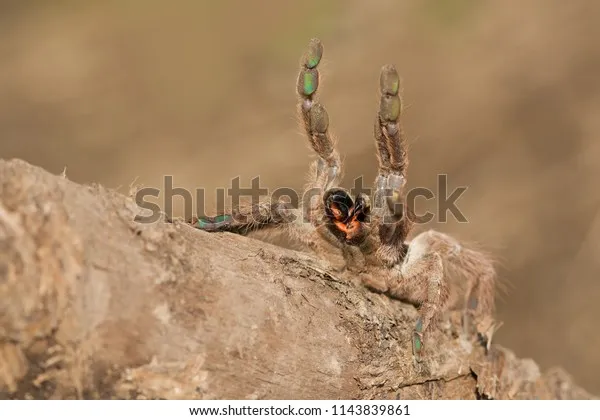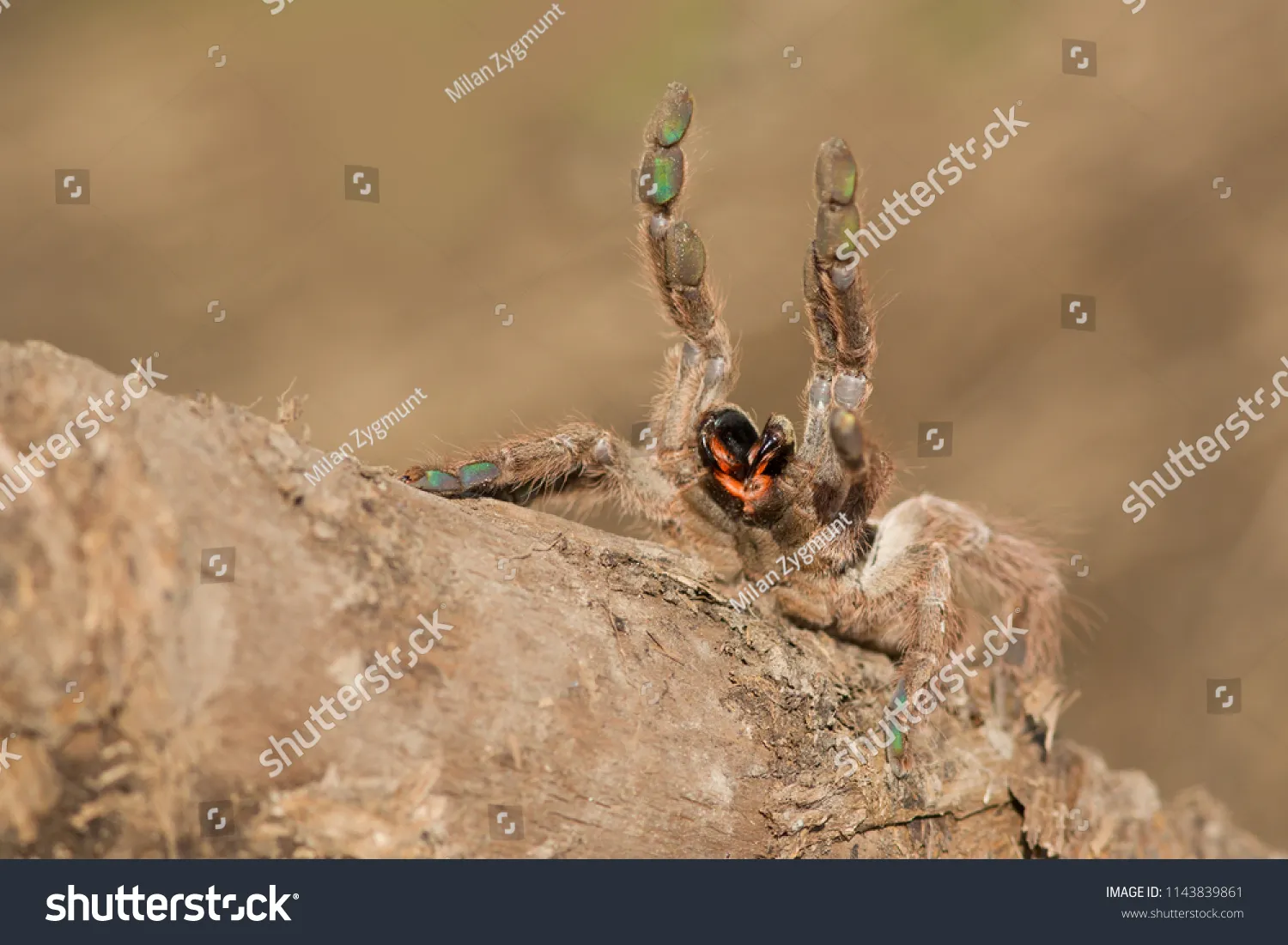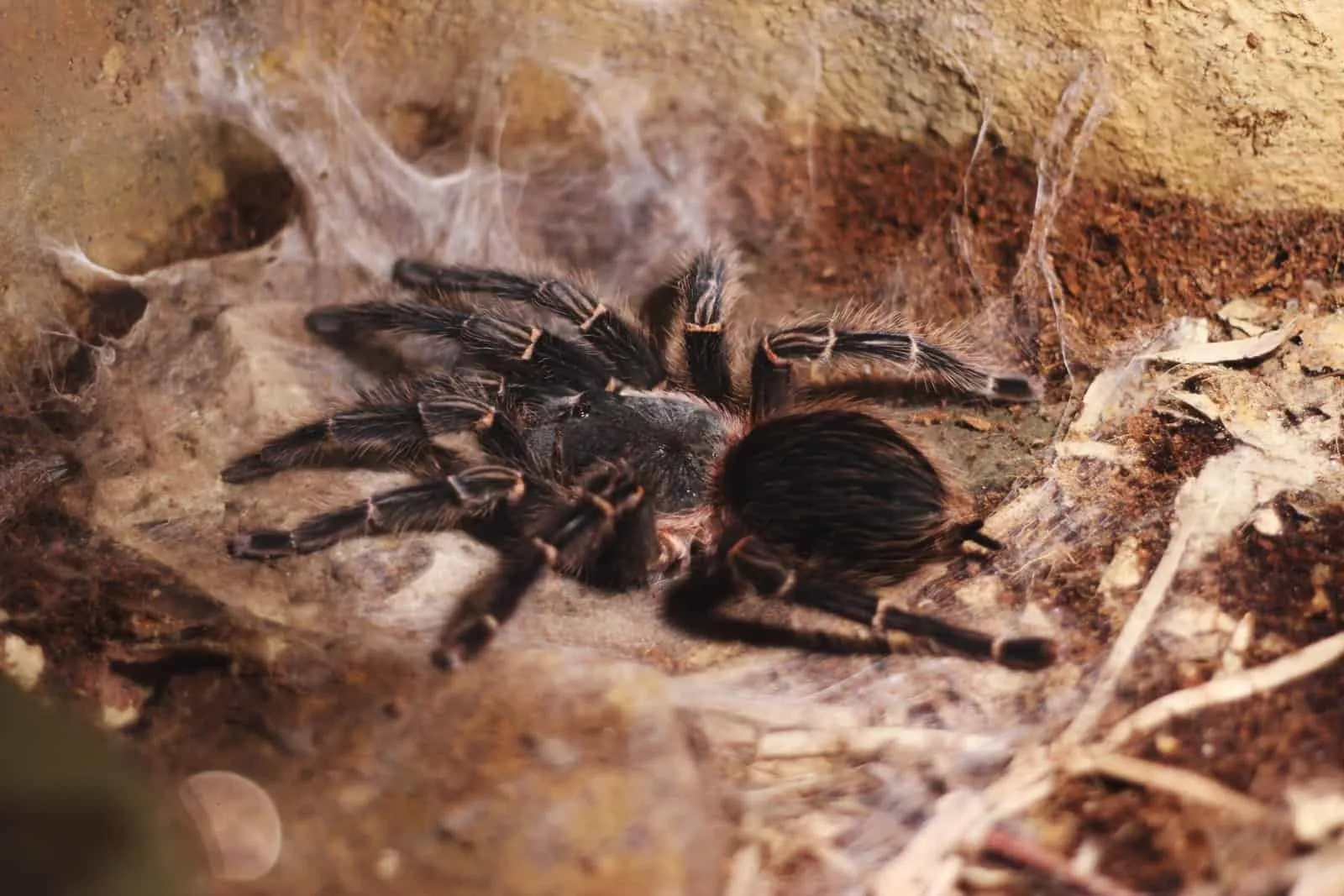New World Tarantula vs Old World Tarantula Differences
The world of tarantulas is vast and diverse, with hundreds of species exhibiting a fascinating array of characteristics. Among the most significant distinctions are those between New World and Old World tarantulas. These two broad categories encompass species from different geographical origins, leading to notable differences in temperament, venom potency, defensive behaviors, and overall care requirements. Understanding these differences is crucial for anyone considering owning a tarantula, ensuring responsible pet ownership and the safety of both the owner and the animal. This guide will delve into five key areas where New World and Old World tarantulas diverge, providing a comprehensive comparison to help you make informed decisions.
Origin and Habitat of Tarantulas
The geographical origin of a tarantula is a primary factor influencing its characteristics. New World tarantulas hail primarily from the Americas, spanning from North, Central, and South America. These tarantulas have evolved in the diverse ecosystems of these continents, adapting to various climates and habitats, from tropical rainforests to arid deserts. Old World tarantulas, on the other hand, originate from regions in Africa, Asia, Australia, and Europe. These spiders have also adapted to diverse environments, each area having its own unique impacts on the species found there. Understanding the natural habitat of any tarantula is fundamental in providing appropriate care, replicating its native environment as closely as possible within a captive setting.
New World Tarantulas Where They Live

New World tarantulas are incredibly diverse in terms of their habitat preferences. Some species, such as the popular Chilean Rose tarantula, are found in semi-arid environments. Others, like the Pinktoe tarantula, thrive in the humid conditions of tropical rainforests. Many New World tarantulas are terrestrial, living on the ground, while others are arboreal, spending their lives in trees. Their habitats range from burrows dug in the soil to crevices in rocks or beneath the bark of trees. The diverse habitats of New World tarantulas lead to variations in their behavior, appearance, and care needs. It is essential to research the specific species you are considering to provide an environment that caters to its unique needs. Example picture of a New World tarantula in its natural environment
Old World Tarantulas Their Natural Habitats
Old World tarantulas often inhabit more challenging environments compared to their New World counterparts. Many species originate from regions with harsh climates. They can be found in dry savannahs, dense forests, and even deserts. Many Old World species are known for their terrestrial lifestyles, often creating elaborate burrows or utilizing existing shelters. Some are also arboreal. Their habitats reflect the challenges of survival in their respective environments. For example, a species found in a dry region may have evolved to conserve water and exhibit more defensive behavior. Researching the specific origin of each tarantula species is crucial to properly address its care. Example picture of an Old World tarantula in its natural environment.
Temperament and Defensive Behaviors
One of the most significant differences between New World and Old World tarantulas lies in their temperament and defensive strategies. These behaviors are shaped by evolutionary pressures in their native environments. Understanding these differences is vital for ensuring safe handling and a positive experience when keeping tarantulas as pets. It affects how they react to perceived threats and how likely they are to bite or exhibit other defensive mechanisms. This also influences the level of experience required for keeping a particular species. The term ‘defensive behavior’ refers to the way the animal protects itself from potential dangers, and is impacted by the evolutionary pressures of the tarantula’s native habitat.
New World Tarantulas Defensive Strategies

New World tarantulas are generally considered to be more docile than Old World species. Their primary defense mechanism is often the urticating hairs located on their abdomen. When threatened, they will flick these hairs toward the perceived threat, causing irritation and itchiness upon contact. Some New World species may also bite, but this is usually a last resort. Many New World species also exhibit a ‘freeze’ response, remaining still to avoid detection. This approach allows the spider to avoid the risk of a predator seeing it, and will give it the chance to escape without a confrontation. Generally, New World tarantulas are often favored by beginners due to their less aggressive temperament and milder defensive strategies. Example picture of New World tarantula flicking hairs.
Old World Tarantulas Their Temperaments
Old World tarantulas are known for their more defensive and often aggressive temperaments. Many species are quicker to bite when they feel threatened. They typically lack urticating hairs, making them reliant on biting as their primary defense mechanism. They also tend to be faster and more agile, making them harder to handle. Some Old World species may also exhibit a ’threat pose’, standing tall with their fangs bared. Due to their temperament and more potent venom, Old World tarantulas are generally recommended for experienced keepers. Their aggressive nature requires a cautious and informed approach to handling and care. Example picture of Old World tarantula showing threat pose.
Venom Potency and Effects
The potency of tarantula venom varies significantly between New World and Old World species. While tarantula venom is rarely life-threatening to humans, the effects can range from mild discomfort to more severe symptoms. Understanding the potential effects of a bite is crucial for tarantula keepers. This understanding is key to being prepared for possible medical attention and to handling the animal safely. The potency of a tarantula’s venom is not the sole factor in determining the severity of a bite; the amount of venom injected also plays a critical role. Some species have stronger venom than others, making proper identification and understanding a core component of the care-taking process.
New World Tarantulas Venom Potency

The venom of New World tarantulas is generally considered to be less potent than that of Old World tarantulas. Bites from New World species typically result in localized pain, redness, and swelling at the bite site. Other symptoms might include muscle cramps, and mild flu-like symptoms. Allergic reactions are rare. The venom is not considered medically significant for most people. The effects usually subside within a few hours or days. However, it’s essential to seek medical attention if you experience any unusual or severe symptoms after being bitten by any tarantula. Research the particular species you intend to keep to be aware of any specific venom-related information.
Old World Tarantulas Venom Characteristics
Old World tarantulas are known for having more potent venom than their New World counterparts. Bites from these species can cause more severe symptoms, including intense pain, muscle cramps, nausea, and even vomiting. Some individuals may experience systemic symptoms. The duration of the effects can also be longer. Due to the potential severity of the symptoms, it’s essential to exercise extreme caution when handling Old World tarantulas. Immediate medical attention should be sought if bitten. Understanding the potential risks associated with Old World tarantulas is crucial for experienced keepers who are prepared to handle them safely. Knowing the risks helps keepers develop a detailed plan to react, should an incident occur.
Physical Characteristics and Appearance
The physical appearance of tarantulas varies significantly between species, influenced by their environment and evolutionary adaptations. Coloration, size, and the presence or absence of certain physical features can provide valuable clues about a tarantula’s origin and lifestyle. Knowing the physical traits of different types of tarantulas is an important step in being able to differentiate between species. This visual understanding can also help with being able to tell whether the animal is in good health, as well as with determining its age and sex. The appearance of any tarantula will also be affected by its living conditions and overall diet.
New World Tarantulas Physical Features

New World tarantulas exhibit a diverse range of colors and patterns. Some species are brightly colored, while others are more muted. They are generally characterized by the presence of urticating hairs on their abdomen. The size of New World tarantulas can vary widely, from smaller species to larger ones. The overall appearance often reflects their habitat. Those in environments with more access to cover will generally be duller in color. Arboreal species often possess adaptations for climbing. The physical features of New World tarantulas vary depending on their species, and researching a specific species is important to understanding its visual qualities. Example picture of New World tarantula showing urticating hairs.
Old World Tarantulas Appearance and Traits
Old World tarantulas are often characterized by their more robust builds and the absence of urticating hairs. Their colorations can range from brown to black to more vibrant hues. Many species have a more streamlined appearance, reflecting their agility. The sizes of Old World tarantulas vary. Some species possess other defensive structures, such as modified hairs or spines. The appearance of Old World tarantulas often conveys a sense of power and strength, reflecting their more aggressive temperament. Understanding the unique features of Old World species is crucial for proper identification and care. Example picture of an Old World tarantula.
Care Requirements and Handling
Proper care and handling practices are essential for the health and well-being of any tarantula, and these aspects differ significantly between New World and Old World species. Creating an appropriate habitat, providing proper feeding, and handling with care will ensure that any tarantula will thrive in a captive setting. The habitat setup, the feeding schedule, and handling techniques must be tailored to the specific needs of the species, as well as its temperament. Ignoring these details can cause stress to the animal and increase the risk of injury to the keeper. The care requirements will also be impacted by the age and sex of the tarantula.
New World Tarantulas Care Tips

New World tarantulas generally require a moderate level of humidity and temperature. The enclosure should be spacious enough for the tarantula to move around comfortably, with appropriate substrate to burrow in if terrestrial. Provide a shallow water dish. The enclosure should also have hiding places. Feeding usually involves offering a diet of insects such as crickets or mealworms. Handling should be done carefully, minimizing the risk of triggering the tarantula’s defensive behaviors. When handling, remain calm. If the tarantula flicks urticating hairs, avoid contact with the face and eyes. With New World species, patience and gentleness are key, making them ideal for beginner tarantula keepers. Example picture of New World tarantula enclosure.
Old World Tarantulas Handling Considerations
Old World tarantulas require more specialized care and handling. Enclosures should be escape-proof. The temperature and humidity should be specific to the species. It is generally advisable to avoid handling Old World tarantulas due to their defensive temperaments and potent venom. If handling is necessary, do so with extreme caution and only when essential, such as for cage maintenance. Use long tongs to minimize the risk of getting bitten. Keeping a safe distance is always preferred. Always know the species and its tendencies. Old World species require a deeper understanding of tarantula behavior. It’s crucial to prioritize safety. Example picture of handling an Old World tarantula with tongs.
Choosing the Right Tarantula for You
Choosing the right tarantula is a decision that should be based on your experience, commitment, and willingness to provide proper care. Whether you’re a beginner or an experienced keeper, considering the differences between New World and Old World tarantulas is essential. Researching the different species, understanding their temperaments, and carefully evaluating your own capabilities are the keys to making a responsible choice. The goal is to ensure the health and well-being of the tarantula, while prioritizing your safety. Selecting the right tarantula involves balancing your preferences with the realistic requirements of caring for these fascinating creatures.
Considerations When Choosing a Tarantula

Beginners should typically start with a New World tarantula due to their generally docile nature, less potent venom, and milder defensive behaviors. Species like the Chilean Rose or the Pinktoe tarantula are often recommended as good starter options. Experienced keepers might consider Old World species if they are prepared for the challenges associated with their temperament and venom potency. Research the specific species you are interested in, and assess your ability to provide its necessary care. Always source your tarantula from a reputable breeder or supplier. Evaluate the health of the tarantula before purchasing it. Make sure that you have the space and the right equipment. Take into account the long-term commitment, as tarantulas can live for many years. Make informed decisions by doing your research.
Final Thoughts on New World vs Old World Tarantulas
The distinction between New World and Old World tarantulas underscores the diversity and complexity of the tarantula world. Understanding their fundamental differences in habitat, temperament, venom, and care requirements is vital for responsible ownership. Whether you are drawn to the gentle nature of a New World species or the more challenging characteristics of an Old World tarantula, thorough research and a commitment to their well-being are paramount. The world of tarantulas offers a fascinating glimpse into the marvels of nature. Approach keeping tarantulas with respect and curiosity, ensuring a rewarding experience for both you and your arachnid companion.
